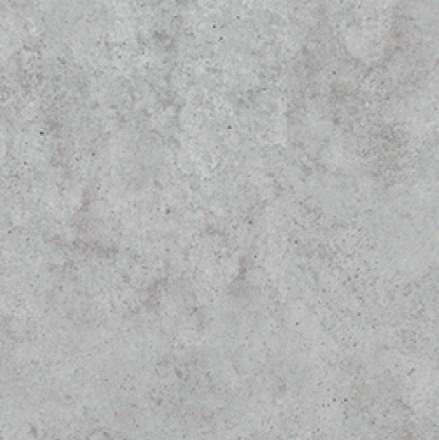























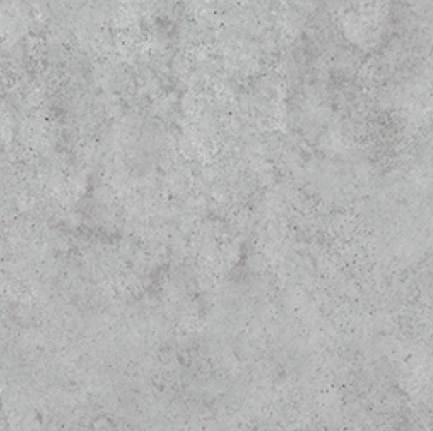











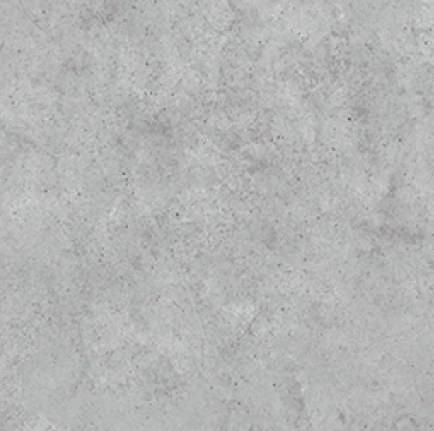
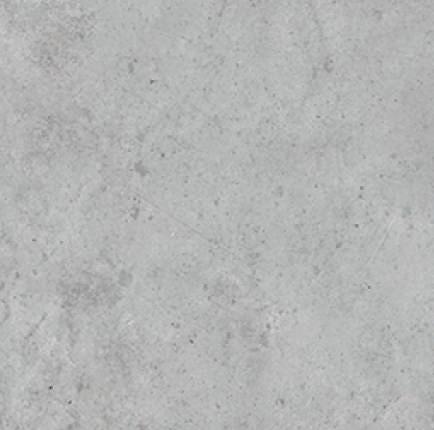
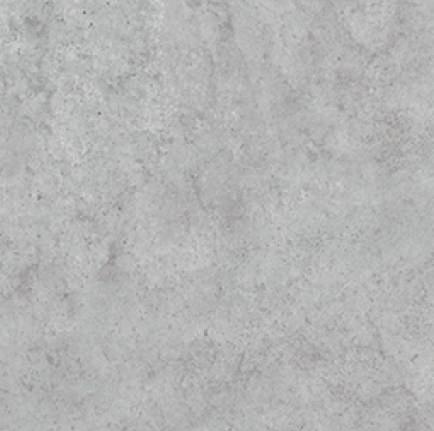
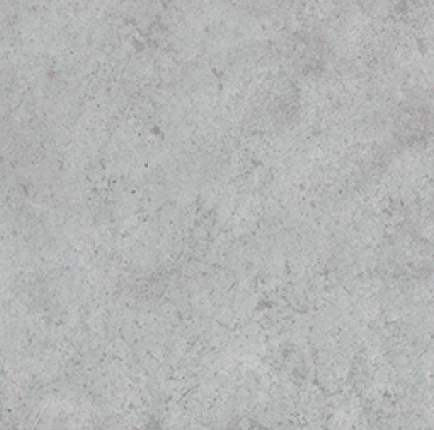




























































































































































In Indonesian culture, gotong royong—the spirit of communal collaboration—is not merely a practice but an identity. As Yori Antar aptly describes, "Gotong royong adalah DNA manusia," (Gotong royong is the DNA of humanity). This ethos has deeply influenced my journey as a designer, performer, and creator.
Growing up, I found myself drawn to both traditional and contemporary performance arts, embodying roles as an actor, director, and scenographer. From the magical Balinese dance to experimental theater, my love for storytelling began with the performers but quickly extended to the spaces they inhabited. These performances instilled in me an understanding of how deeply environments shape human experiences.



My background in architecture provided the tools to transform visions into reality. From conceptualizing immersive event designs to creating scenography that blends tradition and innovation, I have learned to approach design as a dialogue—between space, story, and people. Each project is an opportunity to ensure the voices of its users are heard, their needs met, and their imaginations sparked.
Now, I aspire to push this philosophy further, delving into new mediums and technologies that enhance storytelling, immerse audiences, and redefine the role of design in human connection. With gotong royong as my compass, I aim to create works that not only resonate but foster collaboration, understanding, and shared humanity.




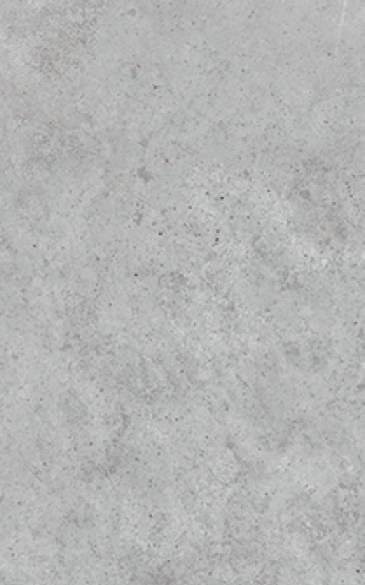






Gravity

Bioluminescent Fantasia: A Journey through Pandora IV. HeyNoona! Towards Becoming Indonesia Kpopers #1 Platform





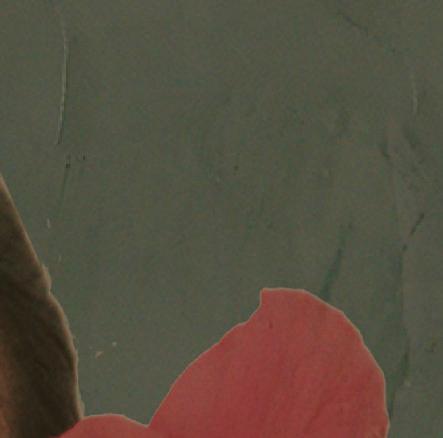

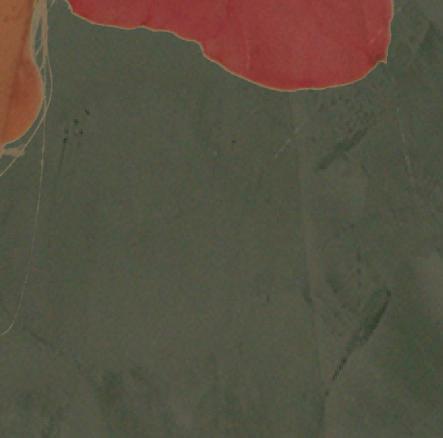

A Scenographic Exploration through Still Photography | On Progress
Personal Project | December 2024 | For the submission to ARTJOG 2025
Location Role
Actors in Supporting Role
Photographer Tools
Jakarta, Indonesia
Art Director, Scriptwriter, Scenographer, Actor
Faiza Putri A., Haniifa Noor M.
Nandhika Lupitasari
Sketchup, Enscape, Photoshop
"Beauty and Terror II: Aliens" explores the devastating interplay between societal beauty constructs, objectification, and women's lived realities. Growing up amidst traditional Indonesian culture, I witnessed the tension between the reverence for beauty and its oppressive societal implications. Traditional dances—deeply connected to my heritage—revealed how women are celebrated yet reduced to symbols of aesthetic value.

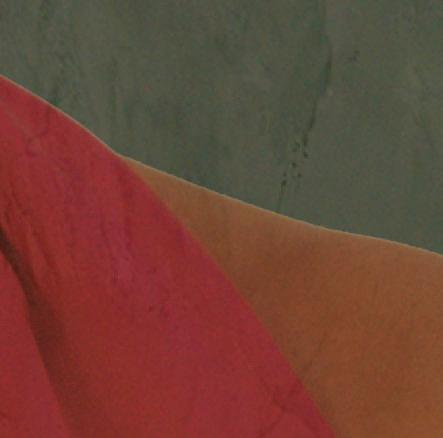

This duality is exemplified in Ahmad Tohari's Ronggeng Dukuh Paruk, which portrays Srintil, a ronggeng dancer caught in a cycle of admiration and exploitation. Similarly, my university experience exposed modern parallels, such as Instagram accounts ranking women by their physical appearances, perpetuating objectification under the guise of celebration.
Building on my earlier theatrical project, Beauty and Terror I, this second iteration expands into multidisciplinary mediums, using photography and scenography to critique these constructs and advocate for women’s agency.


Empathizing Defining Ideating

The Beauty and Terror interpretations stems from a deeply personal and societal exploration of beauty as both a source of strength and a mechanism of control. My work seeks to question: How does society define beauty? Who benefits from these definitions? And what happens when women are reduced to objects of visual consumption?
One poignant example is the rise of "@*university name*_cantik" accounts (cantik means pretty) (as seen from the images below, where women were judged solely on their looks. These accounts perpetuated a culture of objectification, reducing women to their physical traits and fostering a toxic environment where self-worth was dictated by external validation. This phenomenon parallels the broader societal narrative where women are alienated by impossible standards, often imposed by both men and women.
















Ahmad Tohari’s Ronggeng Dukuh Paruk inspires Beauty and Terror with its portrayal of Srintil, a ronggeng dancer whose beauty brings both reverence and exploitation. Set during the 1965 PKI massacres, Srintil is falsely imprisoned for two years but survives, embodying resilience amidst trauma. This duality of empowerment and objectification deeply informs Beauty and Terror’s exploration of women’s struggles in oppressive societal constructs.








- According to Objectification Theory (Fredrickson & Roberts, 1997), women are frequently reduced to their physical appearance, leading to self-objectification (internalizing societal beauty standards) and systemic consequences, such as dehumanization.
- Dehumanization, a key result of objectification, reduces empathy for women and normalizes harmful behaviors, including violence (Rudman & Mescher, 2012).
Link to Violence
- Objectification correlates with sexual harassment, assault, and intimate partner violence (Loughnan et al., 2010). It also reinforces rape myths (e.g., blaming victims for their assault).
- A meta-analysis showed that men exposed to objectifying media were more likely to exhibit sexually aggressive intentions (Ward, 2016).
Femicide and Honor-based Violence
Objectification plays a significant role in femicide, where women are killed based on gender. In cultures where women are seen as objects tied to family honor, this can manifest as honor killings (UN Women, 2022).
Cultural and Media Influence
Media heavily sexualizes women, reinforcing their role as objects of male pleasure (Ward, 2016). This normalization reduces empathy and perpetuates stereotypes, leading to broader societal consequences.
Key Statistics
- Women exposed to consistent objectification report higher rates of mental health issues, including anxiety and depression (Fredrickson & Roberts, 1997).
- The WHO estimates that 1 in 3 women globally experience physical or sexual violence in their lifetime, often rooted in dehumanizing attitudes.
Background and Synopsis
Beauty and Terror I, a theatrical performance where I wrote, designed, and directed, follows Andjani, a young woman shunned for her appearance and pressured by societal expectations. Becoming a ronggeng dancer transforms her life, bringing admiration but also objectification. During the G30S PKI turmoil, Andjani’s beauty turns into her curse—she is abducted by soldiers, exploited, and abused. Unlike Srintil in Ronggeng Dukuh Paruk, who survives her suffering, Andjani’s story ends tragically, reflecting the devastating consequences of systemic dehumanization. This performance employed wayang kulit techniques to create a visually striking narrative.




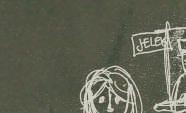

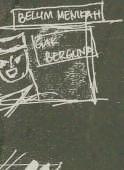



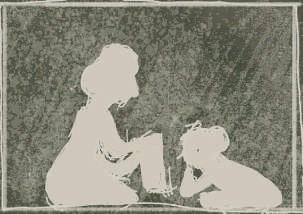
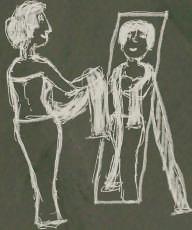
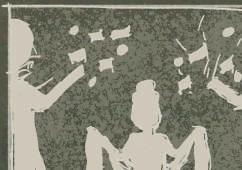






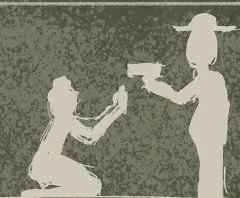








The project faced significant challenges, particularly balancing cultural sensitivity with a bold critique of societal norms. The integration of traditional storytelling techniques with modern scenography demanded careful experimentation to achieve a cohesive narrative. Moreover, the production was constrained by a limited budget, tight preparation time, and scarce resources. With few helping hands available, I had to manage nearly all aspects of the production, from scriptwriting to set design and logistics. These constraints left little opportunity to focus on documenting the performance, which remains one of my biggest regrets. Despite these obstacles, the project achieved its aim of creating an evocative, meaningful critique of women’s objectification and societal oppression.
The set was minimalist yet evocative, featuring traditional elements tampah rotan. Scenography
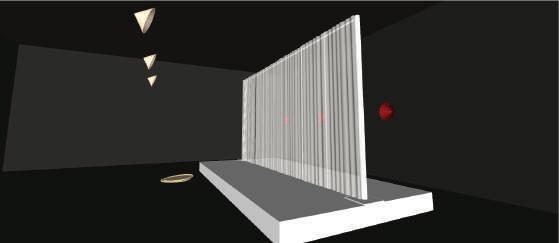



The performance earned first place and a standing ovation in my faculty’s theatrical competition in 2018. It also laid the foundation for further explorations in the Beauty and Terror works.














































Building on the success of the first project, I felt compelled to delve deeper into the themes of alienation and societal constructs. The unresolved questions from Beauty and Terror I inspired me to expand the narrative, incorporating more complex symbols and addressing systemic oppression on a broader scale.
Research Goals:
- To explore how societal beauty standards contribute to the alienation and objectification of women.



Research Question Summary:
Identity and Context
1. Do you identify as a woman?
2. Are you an Indonesian traditional dancer?
3. Have you studied in Indonesia?
Experiences of Objectification
4. Have you ever felt objectified or judged solely based on your appearance?
5.0What is the gender of the person(s) who objectified you?
6. How frequently have you experienced objectification?
7. Do you think your profession or activities contribute to this objectification?
Beauty Standards and Perceptions
8. Do you think you benefit from current societal beauty standards?
- To understand the intersection between cultural practices, modern beauty constructs, and individual experiences of objectification.
Research Objectives:
















- Identify patterns in how women experience objectification in various contexts, such as traditional arts, professional settings, and daily life.
- Highlight how societal constructs of beauty influence perceptions of self and identity.
- Advocate for a more inclusive perspective on beauty through qualitative insights.
User Targeted:
- Women who may have experienced objectification, including those involved in traditional or modern cultural practices.
- Age range predominantly 18–34 years old.
9. How confident are you about your appearance? (Scale from 1 to 10)
10. Do you believe societal constructs around beauty need to change?
11. If yes, what changes do you hope to see?
Social Media and Modern Objectification
12. Are there Instagram accounts at your university that feature female students’ pictures?
13. Have your pictures been posted on such accounts? If yes, how did it make you feel?
The themes of objectification, societal beauty norms, and systemic harm were synthesized into a clear narrative framework. Key insights include:
Identity and Context
100% of respondents identified as women.
85% of respondents had studied in Indonesia, with 35% reporting roles in traditional arts, such as dance.
Indonesian cultural and educational settings play a significant role in shaping beauty norms and gendered experiences. These spaces often reinforce traditional expectations, creating the foundation for objectification.
90% of respondents reported experiencing objectification, with 70% attributing it to men.
60% linked their professional roles or activities (e.g., performance arts) to instances of objectification.
Social media platforms, such as @university_cantik accounts, were identified by 60% as modern arenas of objectification.

Insight
Objectification is pervasive across traditional and modern contexts, with cultural roles and digital platforms contributing to the commodification of women. The normalization of these behaviors reflects systemic issues.
@university_cantik
Instagram Accounts
Ronggeng
Dukuh Paruk Women’s Objectification
Finding
75% of respondents rated their confidence below 5 on a 10-point scale.
95% believed that societal beauty standards need to change, advocating for diversity and inclusivity.
Insight
Rigid beauty standards exclude the majority, marginalizing individuality and fueling emotional harm. Women are pressured to conform to narrow ideals, perpetuating feelings of inadequacy and the pursuit of external validation.
Finding
80% of respondents reported feelings of dehumanization and invisibility due to objectification.
65% linked objectification to lasting emotional harm, including anxiety and self-doubt.
Insight
The psychological toll of objectification is profound, leading to diminished agency and emotional distress. These findings highlight the critical need for reform to prioritize individuality and self-worth.
Finding
55% of respondents reported experiencing harassment or exploitation related to societal perceptions of beauty.
90% called for systemic change, emphasizing the need to dismantle harmful constructs and foster autonomy.
Insight
Objectification creates environments conducive to harassment and systemic harm. The findings underscore the urgent need for societal transformation, with artistic critique serving as a catalyst for advocacy and change.
Micro:
Personal/Interpersonal
Women internalize societal beauty standards; often perpetuated by other women.
Macro: Societal/Structural
Systemic norms enforced by male-dominated systems and social media platforms.

1) Social Construct: The clear plastic represents the societal constructs that alienate and repress women. It creates a physical and metaphorical separation, leaving women visible but out of touch, denied full participation in society.
2) Manmade and Harmful: Plastic, being a manmade material that poses significant environmental threats, symbolizes how societal constructs imposed on women are unnatural, unsustainable, and have far-reaching destructive consequences.
Emotional and Psychological Impact
Alienation, loss of individuality, and psychological harm.
Physical Harm Cultural Impact
Objectification lays the groundwork for sexual harassment, violence, and even murder, as women’s humanity is eroded.
Fire Plastic Box
Social entrapment, isolation
Latent violence
Perpetuation of beauty as a measure of worth undermines individuality and autonomy.
3) Denial of Life: Plastic obstructs airflow, evoking a sense of suffocation. This symbolizes how these constructs stifle women’s individuality, potential, and access to the 'fresh air' of freedom and opportunity.
Fresh & Wilted Flowers
Exploitation, eventual disregard for women’s humanity
Materials
The research at the heart of Beauty and Terror II: Aliens reveals the profound alienation, objectification, and dehumanization women face due to societal beauty standards. These norms confine women within rigid constructs, reducing them to objects of admiration or judgment while stripping away their individuality and agency.
Aluminium (Box Structure)


Aluminum, known for its rigidity and durability, symbolizes the structural permanence of societal expectations.

The white fabric covering the fire base represents purity and innocence, concepts often weaponized against women to constrain their choices and autonomy.

Fire grows from the ground to the ceiling, symbolizing the escalation of violence over time.
Fresh Flowers (Outside the Plastic Box)


(Inside of the Plastic Box)


Flower Type


Vibrant and thriving, these flowers symbolize the potential of women when they are free from societal constraints, representing life, individuality, and flourishing potential.

The decayed state of flowers inside the box illustrates how the societal construct is inhospitable to life. It represents the eventual destruction of individuality, vitality, and potential when confined within these repressive structures.
With the concept and symbolism of Beauty and Terror: Aliens finalized, I wanted to explore it in a different form—still photography. This allows the performance to reach a wider audience and leave a lasting impact. Like in Beauty and Terror I, I plan to use two distinct settings: set one - capturing the performers in full, tangible reality, and set two - featuring silhouette work. I wrote this script as a guide, detailed but open to adjustments during production, to ensure the story and its meaning come through in every frame.

Signifying fragile beauty and femininity. Associated with endurance and mourning; the resilience women display within societal confines and the collective grief for those lost to oppression.
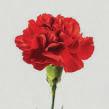
Traditionally linked to admiration and love; conditional nature of societal approval—granted only when women conform to predetermined roles.

A potent symbol of remembrance and sacrifice; represents the lives of women erased or diminished by these oppressive constructs.


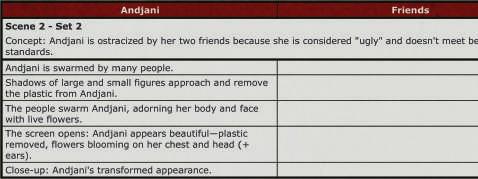
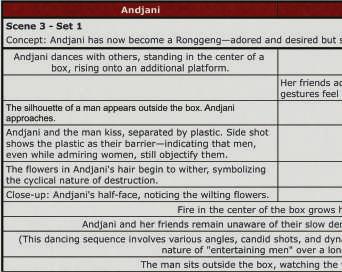


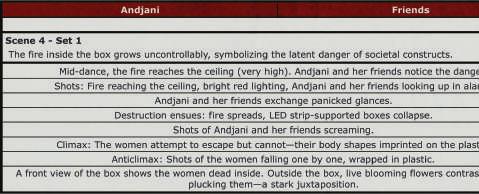

As mentioned earlier, I designed two distinct scenographies for the two sets. To bring my ideas to life, I started with an inspiration moodboard and rough sketches, which then evolved into detailed 3D models.









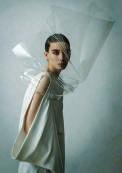




























The set one design was developed in Sketchup and rendered with Enscape. For final touches, I used Photoshop. As for set two, I use the same silhouette set as Beauty and Terror I.



Behind the Scene - Result


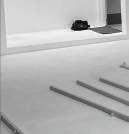











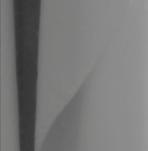















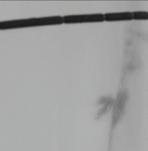








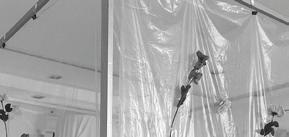
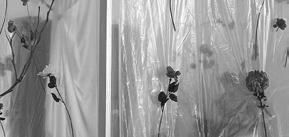



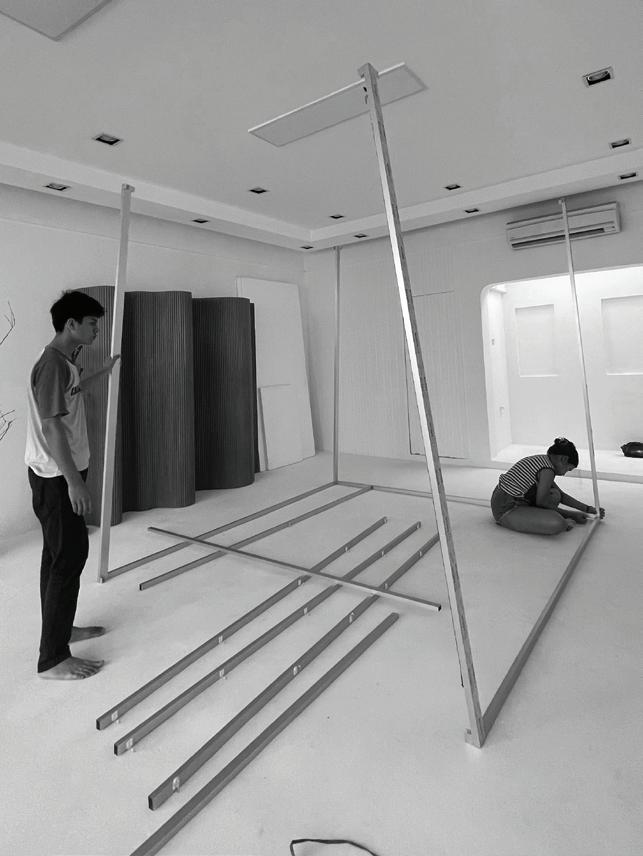















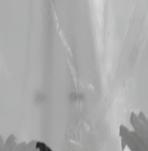











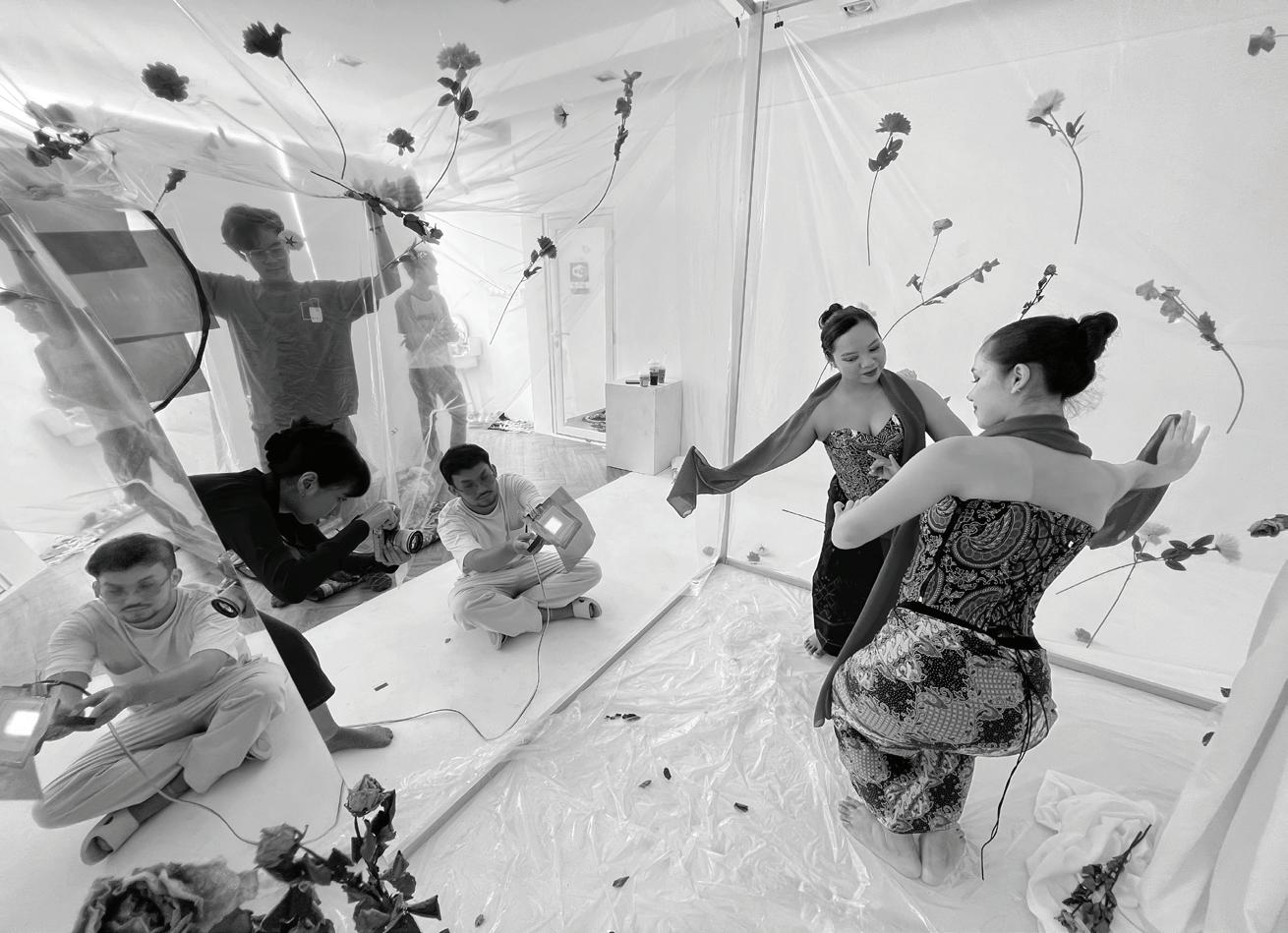


















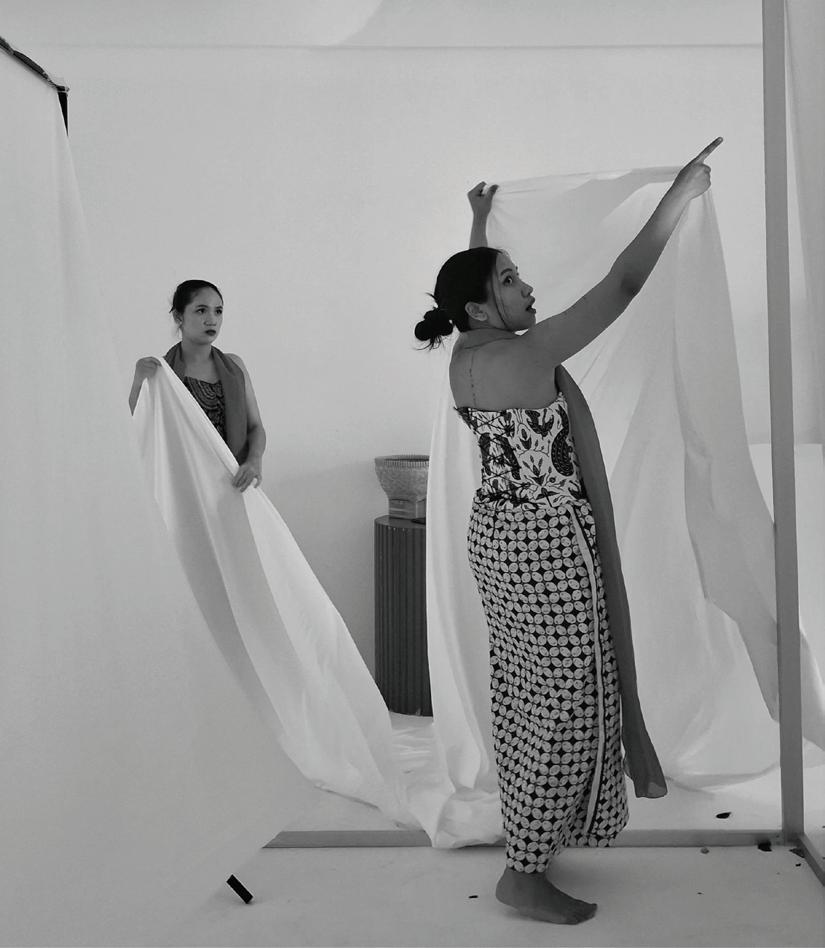
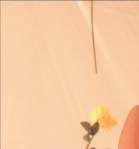




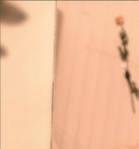
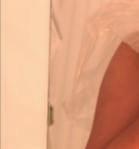









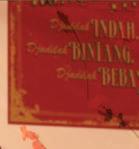







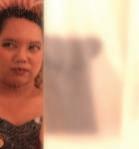



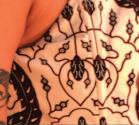



















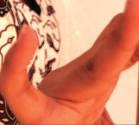

















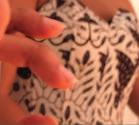





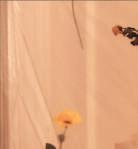









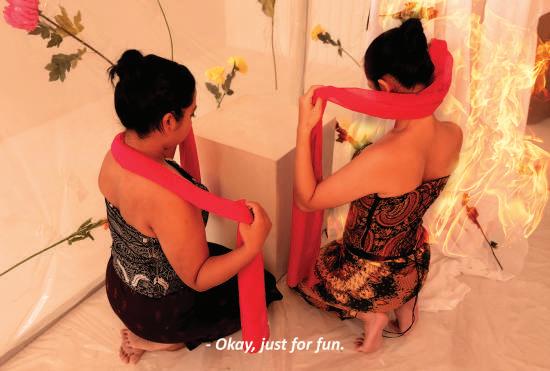



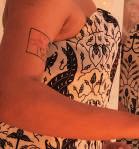











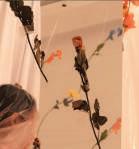



























































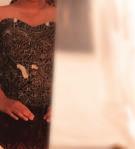


























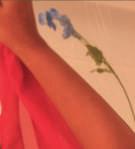
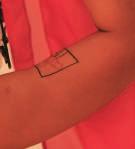



















































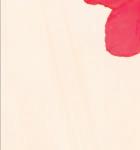







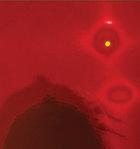













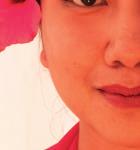










































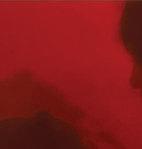
















































































































































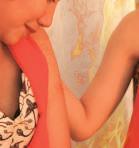






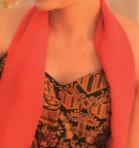











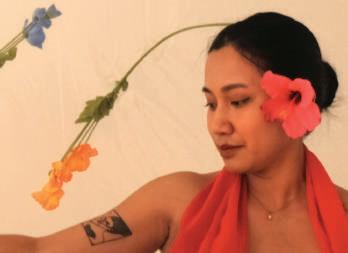





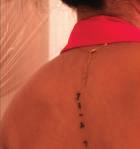















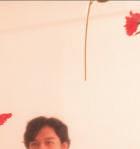
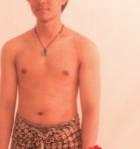

































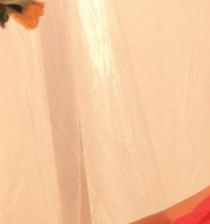
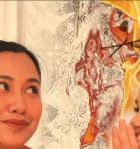

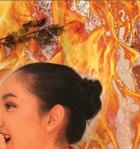





























































































































The post-production of Beauty and Terror II: Aliens is currently underway, with the final scene still in development. The completed project is slated for release and submission to ArtJog 2025 in January.
















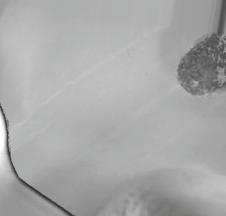



A Scenography for a Wedding Reception Dinner
Professional Project | October, 2023 | Built
Yogyakarta, Indonesia
Role
Creative Director
Event Scenographer, 3D Designer
Alexander Gotama







Project Manager
Aldrian Praditya Nurhalim

Production Collaborators
Lotus Design, Et Cetera Lighting,

LED Visual Artist

Budiman Hendrawan
Sketchup, Enscape, Photoshop

The Moon has always symbolized devotion that transcends time and distance. For this couple, it was more than a romantic icon—it mirrored their love story: grounded in the ordinary, yet daring to explore the extraordinary. Inspired by their journey, we crafted Arrival: Beyond Gravity, a wedding that transformed the Moon into the ultimate stage for connection and exploration.
The design reimagined their union as a partnership of discovery, reflected in a breathtaking lunar landscape. Nearly 360-degree LED screens immersed guests in Earthrise and starlit skies, symbolizing shared dreams and perspectives. A reflective, moon-textured aisle led to a glowing centerpiece of craters and celestial orbs, representing their enduring bond and the path they forged together.
Every element told their story: metallic trees with illuminated cores signified growth, while inverted calla lily waves redefined tradition. This was not just a wedding; it was a testament to love’s ability to transcend boundaries and embrace the unknown—an unforgettable celebration of two hearts in orbit together.






Reimagining a wedding as a journey of connection and rooted in the couple’s shared love for the moon, the design evolves from the emotional significance of their union into an immersive experience. The concept of “Arrival” symbolizes not only the guests’ landing on a celestial surface but also the couple’s arrival at a new chapter in their lives, blending cosmic wonder with human connection.






Congratulating the newlyweds
Experience Two: Arrival


Experience One: Cross-dimensional Travel










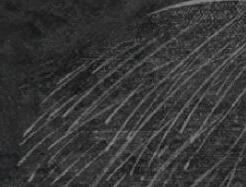


Guests are drawn into the couple’s shared universe, transitioning from reality to a celestial dreamscape.


The awe-inspiring moment of landing—an invitation to celebrate the couple’s new chapter.


























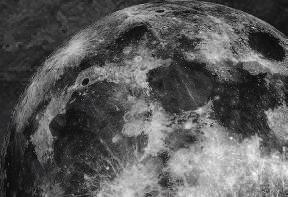









Experience Three:

Dining in the Outer World












Celestial dining experience amidst falling stars and swirling galaxies.


Objective: Create a surreal, boundary-breaking experience that transitions guests from Earth to the moon.


Inspired by lunar exploration and the wonder of interstellar travel, the tunnel serves as a bridge to the celestial.


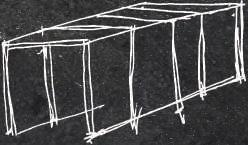
Adjusting the tunnel shape to the fixed-size of LED Rectangle-shaped Tunnel
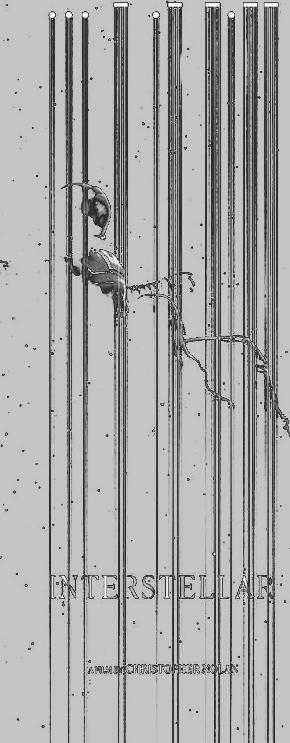







1. Inspired by the movie Interstellar (dir. Christopher Nolan)’s wormhole scene. | 2. Vibrant colors in the outer space. | 3. A reflective surface. | 4. A spatial experience in ArtScience Museum, Singapore.
Inspired by lunar exploration and the wonder of interstellar travel, the tunnel serves as a bridge to the celestial.



Reimagining a hole into a round-shaped tunnel Divided to create more dynamics

Reflective walls amplify the tunnel’s light paths, immersing guests in the sensation of interstellar travel, culminating in a photo-worthy arrival. In this part, I tried simulating spatial infinity without overwhelming guests, with avoiding direct, harsh lighting on mirrors and utilizing dark reflective materials that absorb some light.








The elements from the initial idea to hand sketches were then implemented into a 3D model on SketchUp. SketchUp Model: Foyer Tunnel SketchUp Model: Photobooth



I finalized the design and produced a rendered version using Enscape.
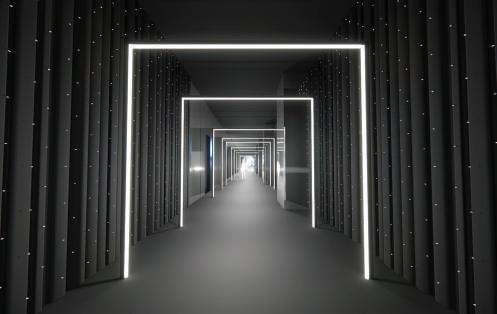
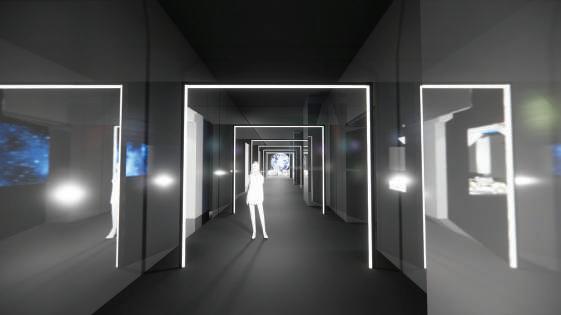

Lighting Testing
In the production process, along with the lighting designer, we conducted dynamic lighting testing of the LED sticks installation. We ensured the lighting change colors in sequences, to actually mimic the outer space seen from inside a rocket.




Cross-Dimensional Travel begins with a bold design: a reflective tunnel illuminated by LED strips. This entryway creates a sensory gateway, embodying the leap from Earth to the Moon. The reflective surfaces not only amplify the light but also disorient and inspire, evoking a sense of weightlessness and wonder. Guests culminate their journey in the photobooth, a focal point where the design’s celestial theme meets human interaction.
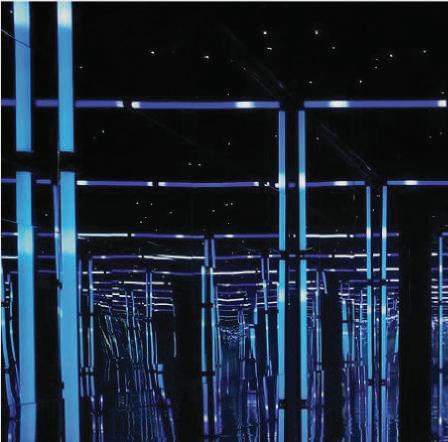
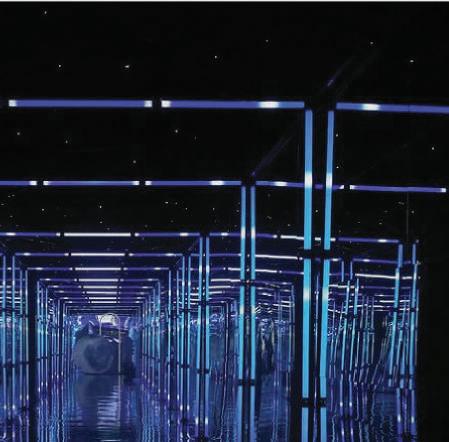

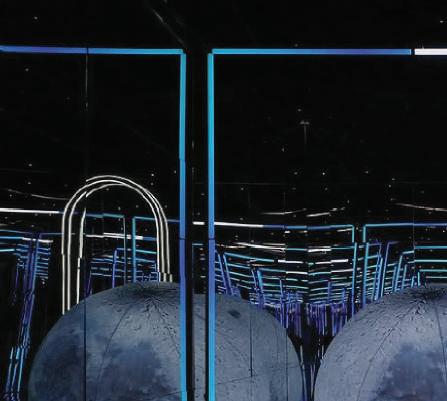




Objective: Immerse guests in the moon’s ethereal beauty, combining human connection with a celestial theme a surreal yet grounded celebration.
The ballroom design evolves the journey to the moon into an immersive experience. Inspired by lunar landscapes and celestial forms, the space blends the Moon’s textured beauty with human elements of celebration. The collage below encapsulates the visual and conceptual foundations for this transformation, integrating cosmic and organic influences into the heart of the event.




1. Futuristic architecture of a moon base. (Exploration) | 2. Flower arrangements, represent fertility, growth, and beauty amidst the lunar expanse. (Connection) | 3. Gardens by the Bay Tree Structure; growth and connection. (Connection)| 4. Moon surface texture. (Exploration) | 5. Metallic soil. (Exploration)



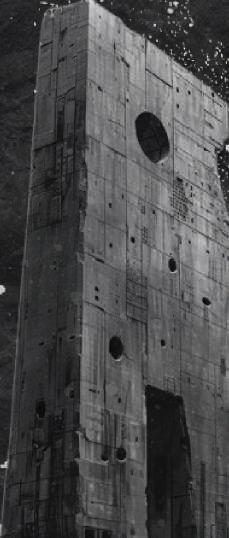



















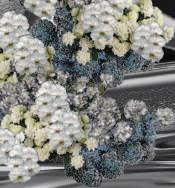






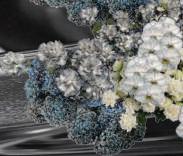





















































Aisle - I designed the aisle as a journey into a celestial realm, using reflective mirror flooring to evoke weightlessness and infinity, while the textured moon-surface flooring grounds the experience in lunar authenticity. The metallic tree structures with glowing moons symbolize growth and humanity’s connection to the cosmos, guiding guests along their path with a futuristic organic presence.


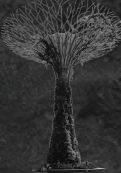




The elements from the initial idea to hand sketches were then implemented into a 3D model on SketchUp.


Ceiling - Inverted calla lilies are meant to create a sense of weightlessness, mimicking the floating flora of an alien world, while LED stick chandeliers resemble falling stars, immersing guests in a dynamic interplay of light and gravity-defying forms.










Stage - The focal point; symbolizing the couple’s arrival at life’s pinnacle, rooted in Indonesian tradition. Its architectural towers with a concrete-like texture, surrounded by reflective surfaces, glowing LEDs, and floral arrangements, create a balance between the rugged lunar aesthetic and the beauty of human connection.









After several budget and production adjustments, I proceeded the final design into rendered images and video using Enscape, and post-production using Photoshop and Adobe Premiere Pro.
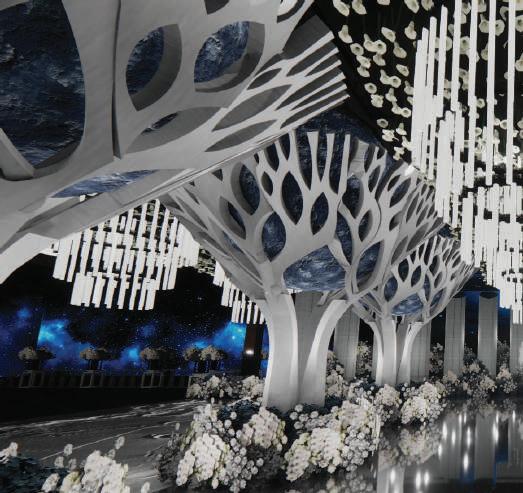




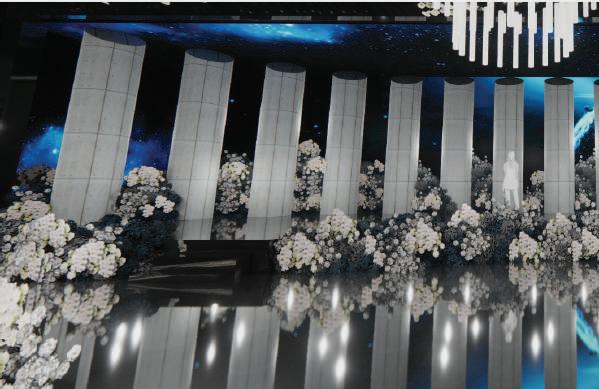





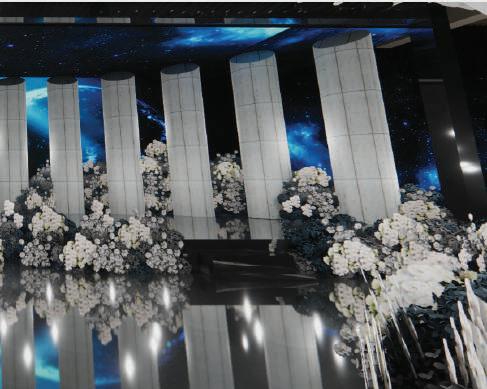



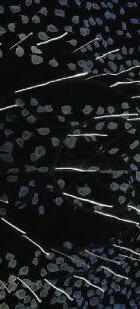

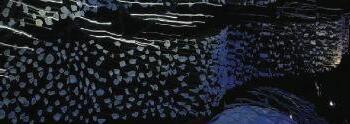
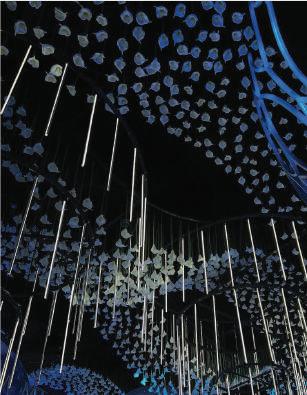
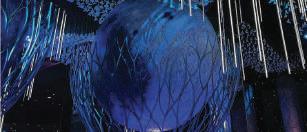



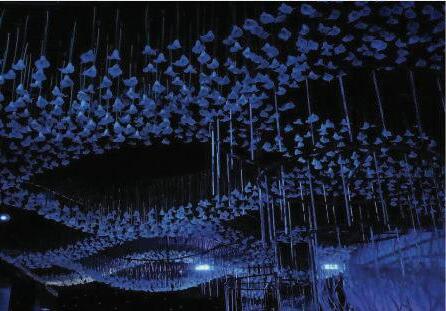

Objective: Extend the lunar immersion into a dining experience, combining communal gathering with a futuristic ambiance.
The dining experience transforms the act of gathering into a lunar celebration, where the moonlight unites all.
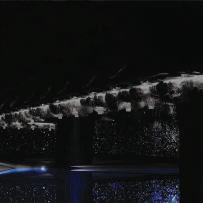







The table setting features metallic tones and glowing accents, aligning with the moon's ethereal aesthetic. This approach ties the dining experience to the overall lunar theme, creating a cohesive and immersive atmosphere.






Outcome




















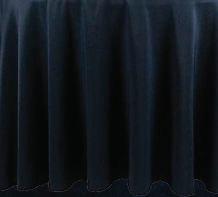






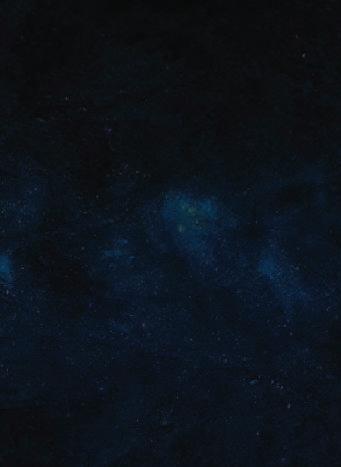




Designing this project taught me the power of storytelling through space. Balancing emotional resonance with technical precision was key in creating an experience that celebrated love and exploration.
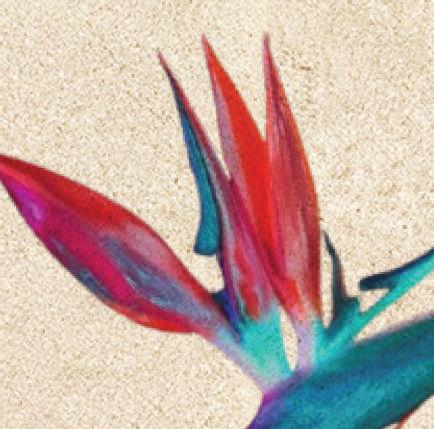

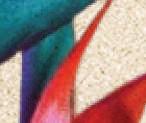
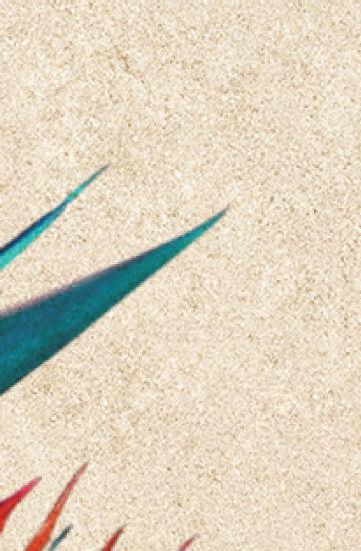




Scenography for a Wedding Afterparty
Professional Project | October, 2024 | Built

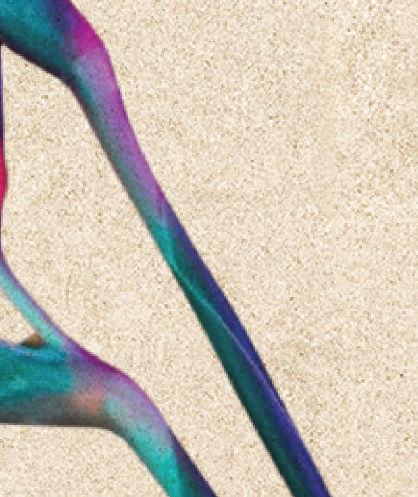

Location
Role
Creative Director
Project Manager
Production Collaborators
Tools
Jakarta, Indonesia
Event Scenographer, 3D Designer
Alexander Gotama
Aldrian Praditya Nurhalim
Flora Lines, Project Dance Ground
Sketchup, Enscape, Photoshop
This Pandora-Themed Wedding Afterparty was designed to bring the mystical world of Avatar to life, offering guests an unforgettable escape into a land of glowing forests and magical light. Inspired by Pandora’s bioluminescent beauty, the event transformed a wedding celebration into an immersive journey that invited guests to feel as if they had stepped into another realm.
The design captures the harmony of nature and technology—a central theme in Avatar. Each space was carefully crafted to evoke wonder and connection, allowing guests to move through moments of awe, play, and celebration. It wasn’t just about creating a visually stunning environment; it was about telling a story that brought everyone into the heart of a shared fantasy.

The concept centers on immersing guests in a glowing, dreamlike world where light and life intertwine. Drawing from Pandora’s bioluminescent ecosystem, the design uses light not just as a visual element but as a way to guide, engage, and inspire.
Moments of awe Visual Elements of Pandora Glowing Flora
Shapes
Concept Development
Light as Life
Using LEDs and projections to mimic Pandora’s glowing beauty.
Core Idea: Bioluminescent Fantasia
Nature as Narrative Organic shapes and materials evoke the lushness of the forest.
Storytelling Inviting guests to engage with the environment actively.
1. Glowing flora. | 2. Woodsprite, symbols of blessings and connection. | 3. The Pandora’s Tree of Souls. | 4. Vines and birds of paradises. | 5. Holographic flooring.




















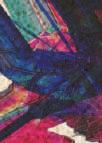




























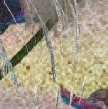
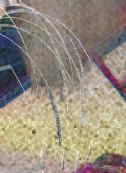
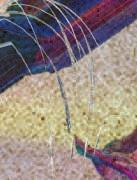


















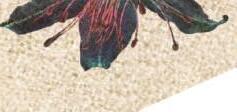


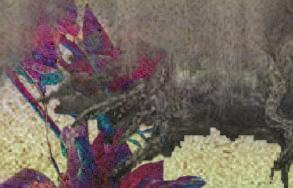







































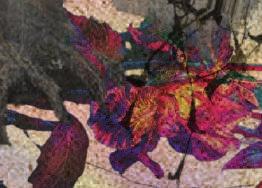

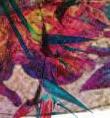







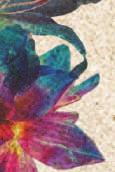











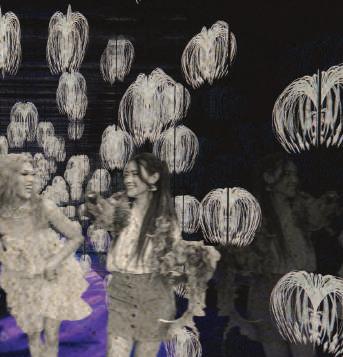

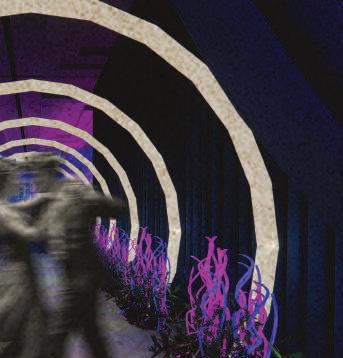












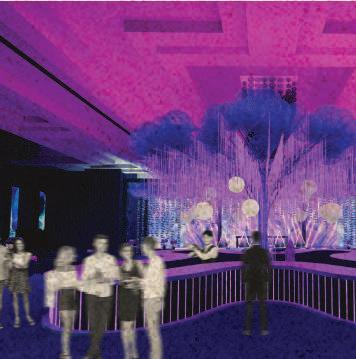

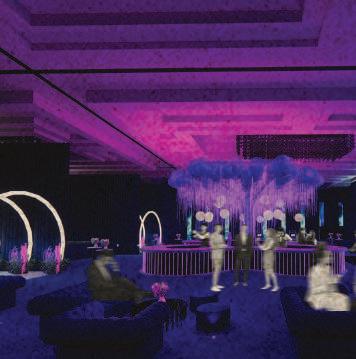






Testing and Installation Process




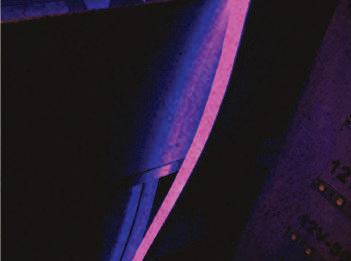






Due to budget constraints, several design elements—such as the cascading LEDs from the Sacred Tree, Birds of Paradise installations, triangular LED sticks on the DJ stage, and vertical LED displays around the ballroom—were omitted in production. As this was a private event, limited production photos from the event were captured. Despite these adjustments, the project successfully delivered an immersive and cohesive celebration.
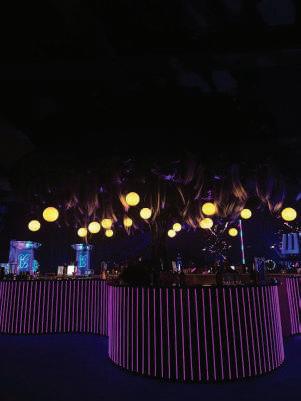














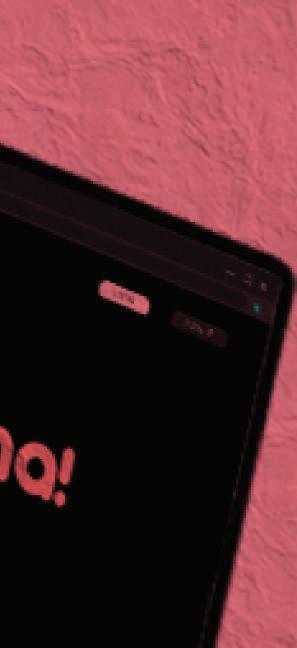

towards becoming Indonesia Kpopers’ #1 platform
UI/UX Research and Design; Case Study Group Project | July, 2022
Location Role Supervisor Collaborators Tools
Remote
Group Leader; UI/UX Researcher and Designer Rafni Amanda Fida and Dita
Miro, Figma, Photoshop, Maze
Indonesia has the largest online K-Pop fanbase in the world, surpassing even Japan and South Korea (CNN Indonesia, 2021). This remarkable phenomenon, highlighted by research on Twitter, shows the country's deep connection to K-Pop and its passionate fanbase.
HeyNoona!, launched in 2020, is a Korean culture media platform catering to Indonesian fans of K-Pop and K-Drama. With over 10,000 users in just two years, it has become a hub for news, insights, and shared experiences.
Seeing its potential, my team and I embarked on enhancing HeyNoona! by leveraging design thinking to create features that better connect fans with the culture they love.

Empathizing Defining Ideating

Prototyping Testing
The first step is to empathize to our user’s needs through user research. The aim is to gain a more empathetic, deeper understanding of the Kpopers’ needs that we’re trying to solve.
Pre-research: In-depth Interview with HeyNoona!’s Founder
This is the first research that we conducted with the owner of HeyNoona!, also one of the active admins, Anita. We only had one research participant on this, we chose Anita with the hope of gaining information about a problem of Indonesia Kpopers that was most urgent to solve, since she dealt with thousands of them.
Research Goals:
Improving HeyNoona! website to be the no. 1 portal for Indonesia Kpopers.
Research Objectives:
Understanding and mapping Kpopers’ needs for a new digital feature in HeyNoona!
Research Questions:
1. Aside from being an owner of HeyNoona!, have you been handling the website as well?
2. How would you describe Indonesia Kpopers in general?
3. Is there a problem, in Kpopers community, that indicates that they need a new, different digital feature?
4. Do you have any suggestion of how the feature should work?
Conclusion #1: Indonesian Kpopers and Daily Engagement
Indonesian Kpopers are highly devoted to their idols, staying updated on daily activities, new releases, and upcoming events. What sets them apart, however, is their vibrant and heartfelt way of celebrating their idols. Fans view events as a form of giving back to idols who bring them joy, particularly during challenging times.
Anita shared, "In my opinion, K-Pop events are one form of support to my idols, since their presence makes me feel delighted when I am in a down low phase of life."
These celebrations take many forms, including attending concerts, purchasing merchandise, and organizing festivals or gatherings. Common events include fundraising campaigns, group anniversaries, idol birthdays, and watch parties or sing-alongs. These gatherings highlight the strong sense of community within the fanbase.
Conclusion #2: Celebration Processes
Currently, Indonesian Kpopers rely heavily on social media platforms like Twitter and Instagram, along with online marketplaces, to buy merchandise and organize events. Event planning typically involves manual processes:
- Promotion: Events are advertised on fanbase social media accounts.
- Registration: Participants fill out forms shared online.
- Ticket Sales: Payment confirmation is handled via direct contact with event organizers.
For example, someone attending a fan-organized idol birthday event would first discover it through a social media post, follow a set of rules, fill out an online form, and transfer money manually for tickets. The process lacks automation, making it time-consuming and prone to errors.
Given Indonesia's position as the largest K-Pop fanbase in the world, there’s a clear opportunity to simplify and digitalize these processes for better efficiency and user experience.
Main Research: Questionairre
After we got conclusions and map one specific problem, we conducted our second research with more people (32 participants recorded), using questionnaire for more precise data.
Research Goals:
Improving HeyNoona! website to be the no. 1 portal for Indonesia Kpopers.

Research Objectives:
To map Kpopers’ interest in K-Pop events.
To map the efficiency and effectivity from K-Pop event registration to payment confirmation.
User Targeted:
- 15 years old and above - an Indonesia K-Pop fan - have been to K-Pop event(s).
Research Questions:
1. How old are you?
2. What do you do?
3. Are you interested in joining K-Pop events in Indonesia? If yes, why?
4. Have you ever been to a K-Pop event in Indonesia before? If yes, what kind of event did you go to?
5.How did you know about those events?
6. (Opinion scale) I feel comfortable receiving information about K-Pop events in Indonesia in one platform.
7. (Opinion scale) I feel comfortable and more effective if I could register as an event participant on one platform.
8. (Opinion scale) | think registering to an event manually through a contact person is not effective, because I will have to fill out personal forms repeatedly for every event I am going to attend.
9. (Opinion scale) I feel comfortable if I had to submit payment confirmation to a contact person in every event l attended.
10. (Opinion scale) I think it would be more effective if any transaction related to event registration could be done using Bank Virtual Account, Gopay, Shopeepay, OVO, or other e-wallet apps without having to submit a payment confirmation manually to a person.
11. Aside from event, what other needs do you think is needed by Indonesia Kpopers for a further development of Indonesia K-Pop platform?
The completion of the first stage of design finally led us to this, define, where we analyze our observations and synthesize them to define the core problems we identified.
User ranges in age, from 21 years old and above. They also vary in occupation, but most of them are fresh graduates/ college students.
Finding
Kpopers get informations about event from Twitter, Instagram, group chat, and friends.
Insight
Kpopers background and occupation vary from one to another.
87.9% users are interested in joining K-Pop events in Indonesia, not only because they want to support their idols, but also becuase they like to gather with people with the same interests.
Insight
With a high demand of organizing and joining events, Kpopers really need a platform that compile all the events there is.
Insight
This is a proof that joining an event is one of the most frequent things to do as a Kpoper.
Most Kpopers feel more comfortable if information about events is distributed in one platform, more effective if event registration and payment confirmation can be done in one platform without manual confirmation.
Most Kpopers like to join a watch-together event.
Aside from that, they also like group anniversary, fundraising, and celebrating idol's birthday.
Finding
Kpopers think that other features that will be helpful for them in the future are a marketplace for merchandise and concert tickets.
Insight
In percentage, the finding shows that Kpopers like to join event more because they get to gather with other Kpopers.
Insight
In the next design sprint, the suggested features will be very much considered.
Kpopers need a platform that compiles all the events nationwide.

87.9% of 32 Kpopers are interested in joining a K-Pop events like watch-together, group anniversary, and fundraising.
Kpopers need a platform that eases their payment method.
K-Pop event organizer need a platform to


22 years old | fresh graduate | Jakarta | NCT DREAM

Michelle is a passionate K-Pop fan who adores the group NCT Dream. She officially became a K-Pop enthusiast in 2019. Living in the capital city, Michelle often attends festivals and gatherings with fellow K-Pop fans. These events bring her joy—not only because she can support her idols but also because she can share her love for K-Pop with others.
However, her busy schedule as a university student and job seeker has made it harder for her to stay updated on the latest events. Since she’s rarely active on Twitter and Instagram, Michelle often misses announcements about upcoming gatherings, which leaves her feeling disappointed. She wishes for a way to stay informed about events effortlessly, even with her packed routine.
- Participating in gatherings with other K-Pop fans as a form of solidarity with her idols.
- Access to a reliable and up-to-date platform for K-Pop event information.
- Convenience in accessing event-related news and completing transactions.
- Frequently missing out on events due to a lack of awareness about them.
- No centralized platform for comprehensive information on all K-Pop events in Indonesia.
- Event information is still distributed manually via Instagram, Twitter, Facebook, and word-of-mouth.
A platform that compiles all K-Pop events nationwide.
A profile feature with sign up and sign in. An online payment feature. An online event organizer feature An event sort-by feature. An online event registration feature with autofill option.
Flowchart



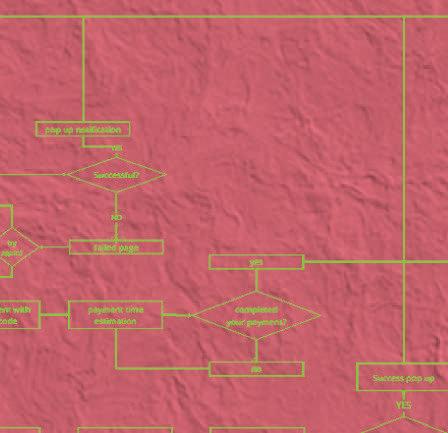

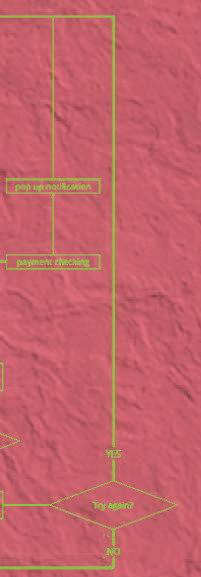

Created on Figma.






https://www.figma.com/proto/pvHxvdbxUP74ySMa4r0l4B/HeyNoona?node-id=61-1339&t=mCxHLqjwOy75UI1c-1

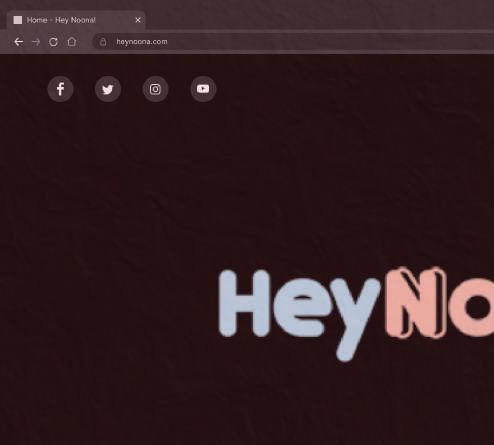




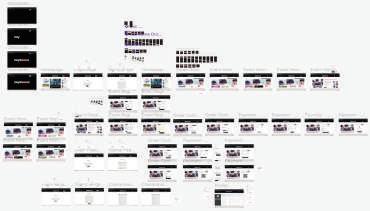

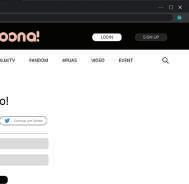














We got to develop the prototype shortly after the mockup was considered done. We had tried to make all of our improvement recommendations come to life. Some of our features are to be seen below.










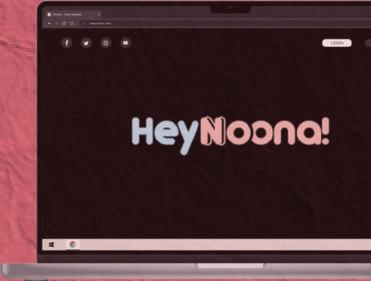

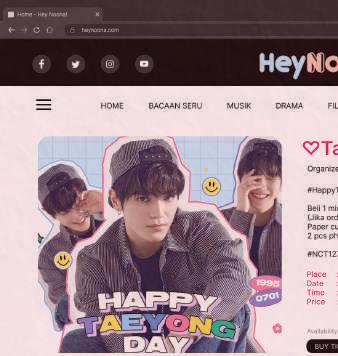









In terms of validation, I did a Zoom meeting with a few participants and asked them to do some tasks using my prototype on Maze. This was also to seek user inputs in features they thought still need improvements. In this testing, the usability testing metrics that I used were effectiveness, satisfaction, and feedback.
Before sliding to the task scenarios, users were asked basic questions about their background qualification. Here is the conclusion of the data I had collected:

100% of respondents have never used HeyNoona! before.
Task 1
User buying an event ticket using bank virtual account payment method.
80% of respondents have ever been to K-Pop events.
Task 2
User buying an event ticket using e-wallet payment method.
80% of respondents have never organized a K-Pop event before.
This metric helped me to see the success rate of the new Event feature according to user’s success in completing the tasks given.
Task 3
User proposing to create a new event on HeyNoona!.
100% of respondents liked the new HeyNoona! feature: event. 75% of respondents were not confused with the task scenarios. Average rating of the new event feature is 4.8/5.0.
As the respondents were done with the usability testing, I asked them for feedbacks; what they thought could make this new feature more useful. Here is the recap:
Add other bank options, such as BTN or BSI.
Add other payment options in the e-wallet feature, such as ShopeePay.
Add other features such as purchasing K-Pop merch or accessories.
I used open questions and opinion scale method to track respondents’ satisfaction on HeyNoona! event feature. Here is the recap:

















